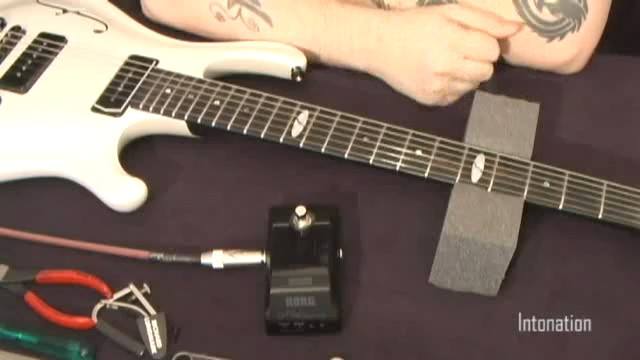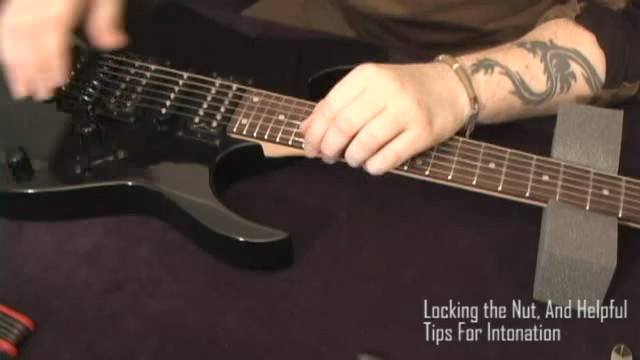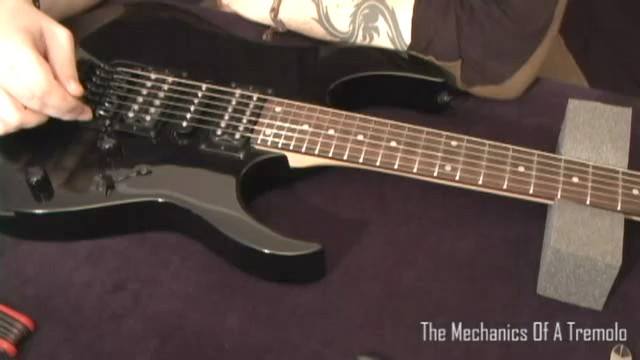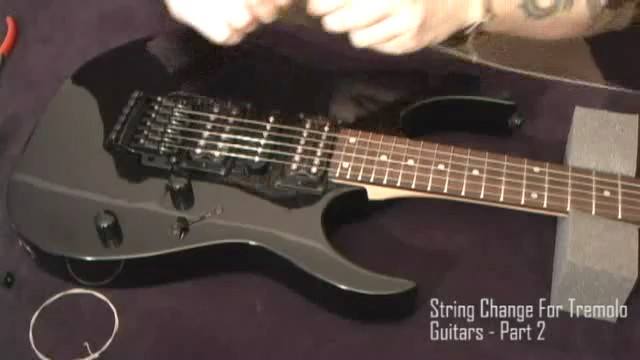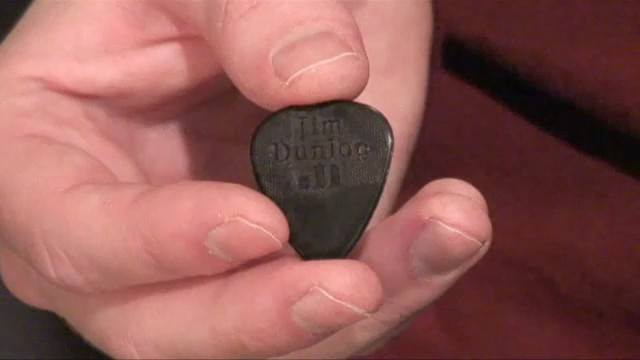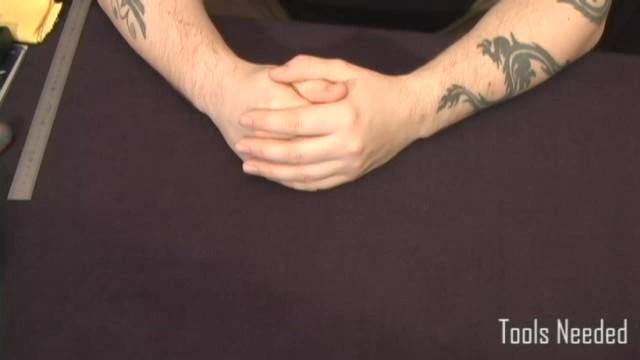String height adjustment
So, once we’ve set the relief to a point that fits our string gauge and playing preferences, it’s time to adjust the string height. String height is also a matter of preference. Some like it high, some like it low. But, same thing here, to low a string height will cause buzzing, and dynamics in your playing can be lost, because you can’t play hard as the string will “fart” out so to say. If the string height is too high, it will affect intonation, and it will also affect the tone, making it sound more and more “ukulele”. I’m sure you have experienced this on an old acoustic guitar, where the neck has warped, and the bridge has risen, so that the string height is about a cm. They sound like over-sized ukulele’s, and that’s NOT a good thing unless you want to play ukulele =).
If you use thinner gauge strings, you can get away with a lower string height, for grip purposes. However, you can’t play with that much force. If you use heavier strings you will be able to play with greater force and dynamics, but it will be that much harder to play with higher string height.
Well, with that said, time for some guide measurements:
1. Regardless of bridge type, string type is checked the same way. Take your stainless ruler and check around the 14th fret. A very well crowned set of frets, and thinner strings, can allow for string height being as low a 0.8 mm. A medium string height would be between 1.2-1.6mm. Using thicker strings, my personal string height is a bit below 2.0mm.
Generally, I would recommend a string height around 1.2 mm if your radius is flat. If you like a larger radius, you should opt for a higher string height.
The way to adjust the string height is by raising the bridge.
On a LP-type bridge, you raise the tune-o-matic part (with the saddles), but turning the small post-screws on each side of the bridge.
On a Fender-type bridge, you will adjust each string individually, this is made to be able to more easily accommodate for the rounder radius (as discussed before). You use a small Allen wrench and raise each post until it corresponds with the radius, and gives you the preferred string height.
On a Floyd Rose-type bridge, you raise the entire bridge by turning the screws by the sides of the bridge (more on Floyd Rose bridges later).






















